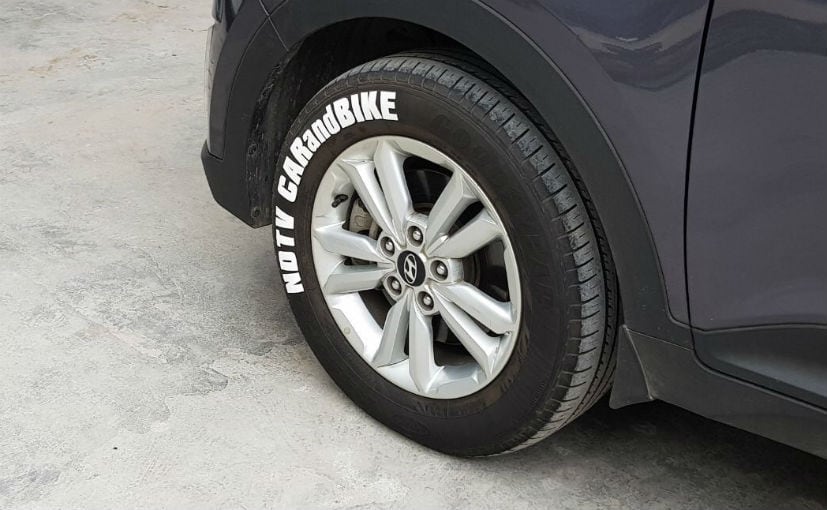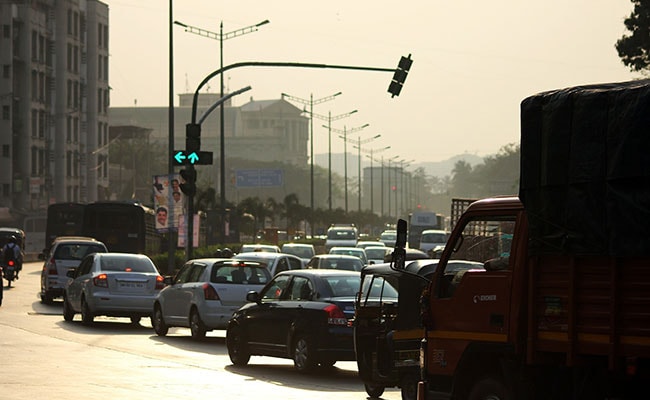7 Tips to Get Better Mileage from Petrol, Diesel Car To Combat Fuel Price Rise

Highlights
With fuel prices at a record high and showing no signs of reducing anytime soon, the hot topic of discussion is fuel economy. And while some people are actually considering moving to a smaller car that has better fuel mileage, fuel economy actually depends on a lot more than engine size and car size. As the saying goes, it is now what you drive, it is how you drive it. While there are several products on the internet including some gadgets and gizmos that claim to improve your fuel mileage or fuel economy, most of these are usually a scam. What really helps is how you drive your petrol and diesel car to make sure that ever growing petrol price and diesel price isnt too heavy on your pocket.
So here are 7 Tips to ensure you get best fuel economy or fuel mileage from your petrol and diesel cars to take on that never ending fuel price hike! Read on....
1. Service your car!
While you might think doing that one free service a year when you get a phone call from your authorised service centre is enough, it actually isn't. You car is a machine and like every machine, it needs constant upkeep. We aren't asking you to check your car every morning like it is the 1960s, but checking oil levels and coolant levels once every two weeks can actually have a big difference on your car. Oil levels are crucial and so is using the correct grade of oil that has been recommended by the manufacturer.
Another very important part of service are filters. Air filters, fuel filters and oil filters make a big difference in ensuring the engine runs at peak mechanical efficiency and that in turn ensures good fuel mileage. It also helps to make sure your spark plugs are clean and without a layer of soot on them.
2. Maintain the correct air pressure
The manufacturer recommended air pressure is crucial - not only for a comfortable ride and correct handling but also for ensuring fuel mileage. An under inflated tyre leads to friction and that leads to kinetic energy being lost. Another trick is to actually increase the air pressure in your tyre by a few PSI. That makes the side walls firmer and reduces the contact patch of the tyre but at the same time it can lead to blowouts (if over inflated) and lower grip as compared to correct pressures. And while it is known to work, we personally would not recommend it.

(Maintain the correct tyre pressure for best fuel economy)
3. Drive in the correct gear
You are not Vin Diesel. You are not chasing an Antonov AN 225 down a runway with baddies shooting at you. And thus you don't need to change gear every 3 seconds. Being in the right gear at the right RPM helps the most. Especially if you are in a high traffic area. Another mistake people regularly make is to rev the engine all the way to its redline before changing gear. And while that might be great if you don't give two hoots about your fuel economy, it makes a HUGE difference if you do.
Always remember, shift up as quickly as you can and only shift down when you need to to get the best fuel mileage. Also, sometimes, especially while coming down slopes, it is actually better to leave the car in a higher gear and not shift it to neutral. Remember, neutral means that the RPM of the car is at idle and therefore controlled by the ECU. Alternatively, being in a higher gear makes sure that RPMs depend on engine speed and considering the fact that the throttle is closed off as much as the ECU would allow, fuel economy is actually higher. That said, NEVER TURN YOUR CAR OFF WHILE DRIVING DOWNHILL as although it can give you the best fuel economy, it could also result in accidents due to power steering and power brakes not working to their optimal levels.
4. Don't carry unnecessary weight
Weight is the worst enemy when it comes to fuel mileage. And while you cant ask your passengers to get off just because you want 1kmpl more, you can get rid of anything unnecessary from your car to save weight. This of course does not mean that you should get rid of your spare wheel or tools, but always remember to clean our your boot of anything unnecessary while you travel. And while an extra spare wheel is great when you travel, it is not necessarily needed while in the city.

(Always keep the windows up while driving for best fuel economy)
5. Keep those windows up!
While it might not seem so, aerodynamics play a HUGE part in improving fuel economy. Windows rolled up means that the car's body is as slippery when coming in contact with the air that it can possibly be. This means that the air flow around your car will be at its best and you don't need that little extra power to make your air cut through the air. Of course, in a country like India, it is always best to have your windows up and your air conditioning on in order to sacrifice a little fuel economy for the sake of your health.
6. Park in a shaded area
While most lists will ask you not to use your air conditioning, we know it is an essentially need rather than a luxury if you intend to drive in India. In summer, with temperatures peaking at almost 50 degrees outside, the car's interiors are usually even hotter and can take quite a while to cool down to a bearable level. This means that your AC has to work overtime at full blast, in turn sapping power from the engine. So just park under a shade. You will have a cooler car to come back to and your wallet will thank you too.

(Avoid idling at a traffic light for more than 60 seconds)
7. Avoid long idles
Avoid situations where the car is idling for over a minute. While normally a starting procedure takes more fuel, it is less than having your car idle for over a minute. IF you have a car with start-stop technology, use it. This will help especially if you in a situation where traffic rolls for a few metres and then comes to a stand still repeatedly.
So there you go. Follow these tips to the T and we promise your car will be easier on your pocket than it is today.
Last Updated on June 1, 2018














